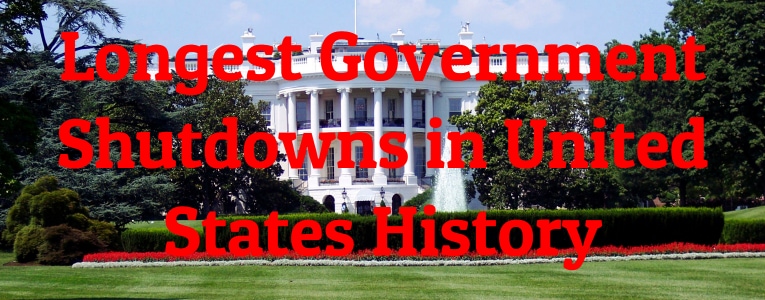Most citizens of the United States go about their daily lives while trusting their government to continue running smoothly. However, sometimes disagreements over legislation and government-backed funding are intense enough to bring things to a grinding halt! When this happens, non-essential federal employees are temporarily furloughed and sent home from their jobs until the funding issues are resolved.
So, just how long can government shutdowns last? Today we’ll be looking at 10 of the longest government shutdowns in United States history and ranking them according to how many days they lasted. We’ll also learn a little bit about the driving forces behind each one!
-
1980
President: Jimmy Carter
Employees Furloughed: 1,600
Estimated Government Costs: $700,000
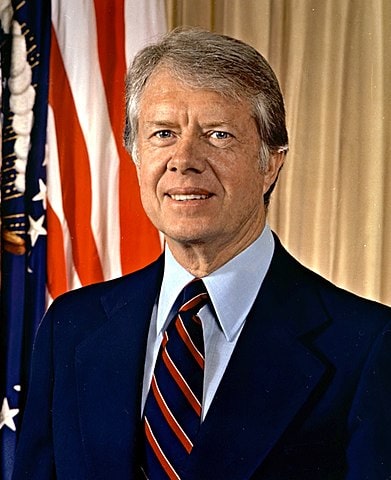 Source: wikimedia.org
Source: wikimedia.org
This shutdown during the year 1980 was actually one of the first federal government shutdowns in United States history. Disputes over government spending used to stay more or less confined to Congress–that is, until Attorney General Benjamin Civiletti officially stated that government work couldn’t continue until Congress agreed to fund it. Civiletti’s bold move resulted in new funding getting approved that very evening!
Did you know?
President Carter threatened to shut the entire government down by the following fiscal year if Congress didn’t pass the requested legislations by then.
-
1981
President: Ronald Reagan
Employees Furloughed: 241,000
Estimated Government Costs: $80-90 million
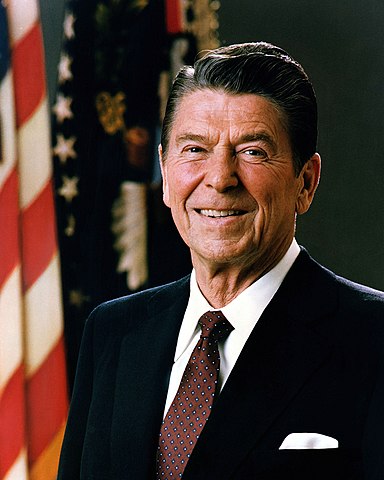 Source: wikimedia.org
Source: wikimedia.org
This government shutdown, which resulted in the furlough of 241,000 out of 2.1 million government employees, centered around Reagan’s attempt to balance domestic expenses with the cost of defense. President Reagan wanted to reduce domestic funding by several billion dollars, but the US House didn’t want to give up their funding–in fact, they wanted to increase it. The shutdown ended when Reagan signed a short-term funding bill in order to compromise.
Did you know?
This government shutdown was only one out of President Reagan’s record-breaking total of eight shutdowns!
-
1986
President: Ronald Reagan
Employees Furloughed: 500,000
Estimated Government Costs: $62.2 million
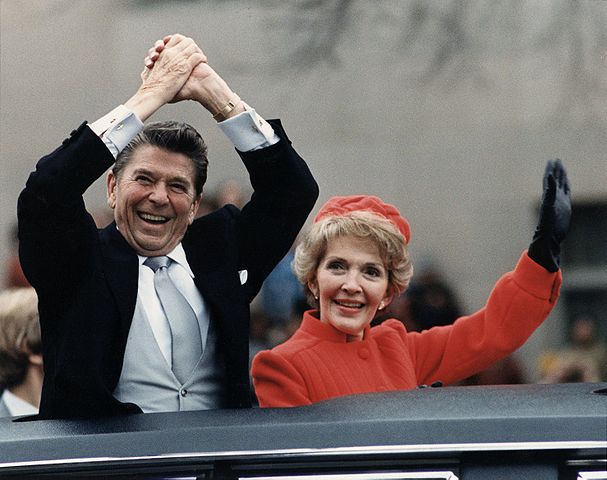 Source: wikimedia.org
Source: wikimedia.org
In 1986, the Democratic House wanted to increase funding for “Aid to Families With Dependent Children,” which was the government welfare program at the time. The Republican Senate disagreed and Reagan backed them, saying that he wanted to push poor people towards a lack of dependence on government help. As a result of their intense disagreement, the government shut down once again.
Did you know?
This government shutdown was stated in the newspaper to have only a “marginal impact” on the holiday weekend.
-
1984
President: Ronald Reagan
Employees Furloughed: 500,000
Estimated Government Costs: $65 million
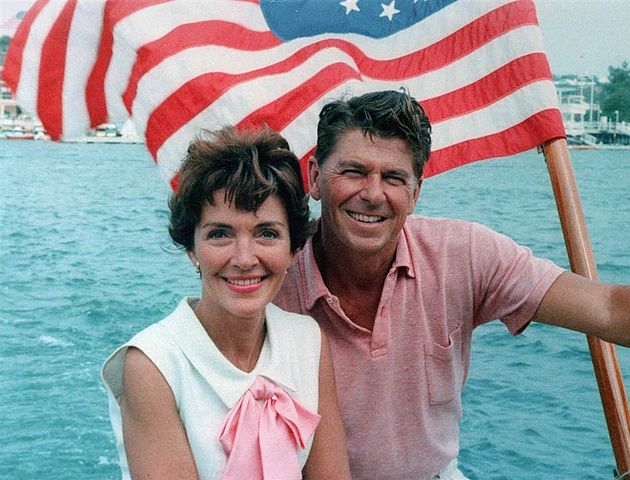 Source: wikimedia.org
Source: wikimedia.org
The key issues central to this shutdown were water projects funding, crime, and Title IX. Title IX stated that government-funded educational institutions weren’t allowed to discriminate against participants of any sort on the basis of sex. This provided many opportunities for women that previously hadn’t existed, and Reagan disagreed with Congress’ desires to weaken Title IX.
Did you know?
As a result of some changes in Reagan’s behavior, many people suspected during his 1984 presidential campaign that he was getting too old for the job, and rumors even circulated that he had Alzheimer’s Disease.
-
1990
President: George H. W. Bush
Employees Furloughed: 2,800
Estimated Government Costs: $2.57 million
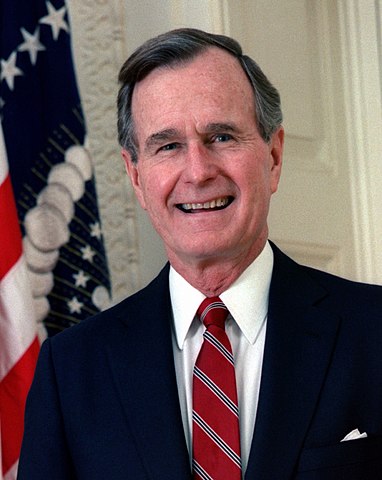 Source: wikimedia.org
Source: wikimedia.org
When the US Congress presented the proposed budget for the 1991 fiscal year, a great deal of disagreement ensued. President Bush wound up vetoing the bill and later decided to smooth out the budget by cutting back on Medicare funding and increasing taxes. Plenty of Republicans were miffed by Bush’s decision to raise taxes, especially since he’d previously emphasized that he didn’t plan on doing so.
Did you know?
This government shutdown took place over a Columbus Day weekend, minimizing the government’s financial losses.
-
January 2018
President: Donald Trump
Employees Furloughed: 692,900
Estimated Government Costs: Unknown
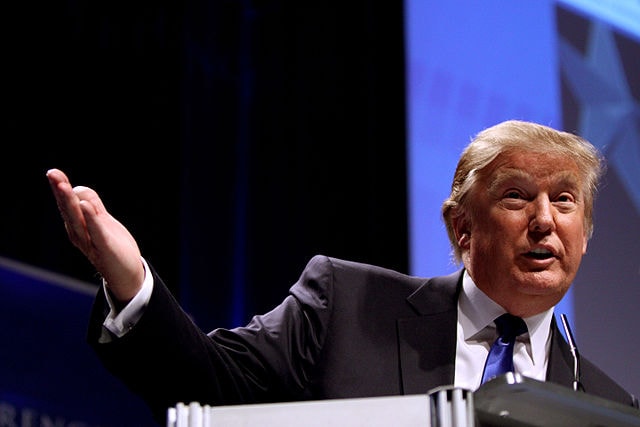 Source: wikimedia.org
Source: wikimedia.org
Starting on January 20th, this shutdown was largely to do with the details of the Deferred Action for Childhood Arrivals immigration policy, as well as an extension of the Children’s Health Insurance Program. The Trump administration strove to minimize the effects of the shutdown, keeping most of the National Parks open alongside Washington, D.C.. During previous shutdowns, Washington, D.C. had been closed.
Did you know?
Both the Liberty Bell and the Statue of Liberty were closed during the shutdown, but the Statue of Liberty was promptly reopened thanks to funding from New York State.
-
November 1995
President: Bill Clinton
Employees Furloughed: 800,000
Estimated Government Costs: $400 million
 Source: wikimedia.org
Source: wikimedia.org
Public health, education, and the environment were all at the center of this shutdown in 1995. The Congress and the White House disagreed on spending and stood at an impasse for 5 days while they struggled to reach an agreement. House Speaker Newt Gingrich doggedly pushed for a reduction in government spending, although many people claimed that his stance was biased as a result of an unpleasant interaction he’d had with Clinton.
Did you know?
Many people blamed the Republicans for this shutdown, which encouraged them to compromise.
-
2013
President: Barack Obama
Employees Furloughed: 800,000
Estimated Government Costs: $2.1 billion
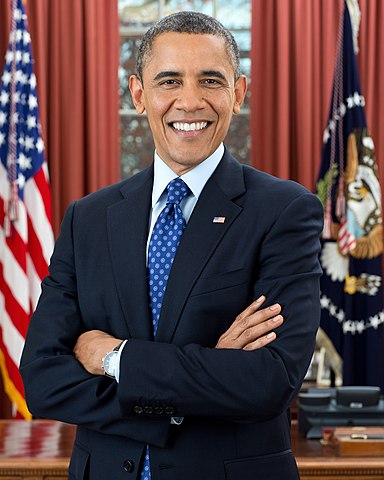 Source: wikimedia.org
Source: wikimedia.org
In 2013, President Barack Obama resisted pressure from the Republican-dominated House of Representatives to cut funding to the Patient Protection and Affordable Care Act, commonly known as “Obamacare”. This failure to disagree on the funding for the 2014 fiscal year led to the shutdown that affected all agencies of the federal government. In the end, the debt ceiling was raised and Obamacare was left alone.
Did you know?
Many tourists were angry when Ellis Island and the Statue of Liberty were closed during the shutdown.
-
1995–1996
President: Bill Clinton
Employees Furloughed: 284,000
Estimated Government Costs: $400 million
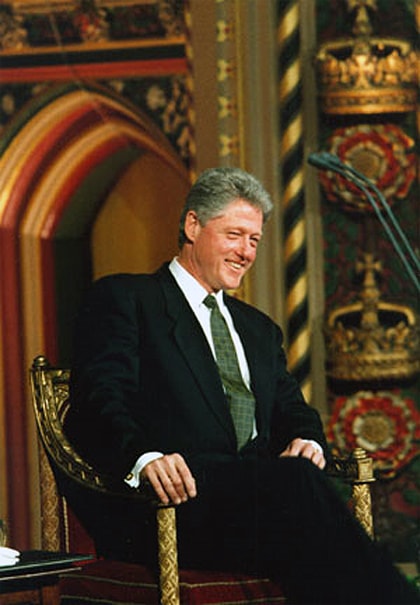 Source: wikimedia.org
Source: wikimedia.org
As is often the case with funding agreements signed for the purpose of ending a government shutdown, the solution to the 5-day shutdown that had occurred earlier in 1995 was only temporary. The tension between Clinton and the Republican Congress reared its head once again, and Gingrich expected the public to finally take his side. However, the whole ordeal only served to improve Clinton’s reputation and may even have played a key part in his 1996 re-election.
Did you know?
Media coverage picked up on people’s suspicion that Gingrich was heavily biased, and depicted him as a “Cry Baby.”
-
2018-2019
President: Donald Trump
Employees Furloughed: 380,000
Estimated Government Costs: $5 billion
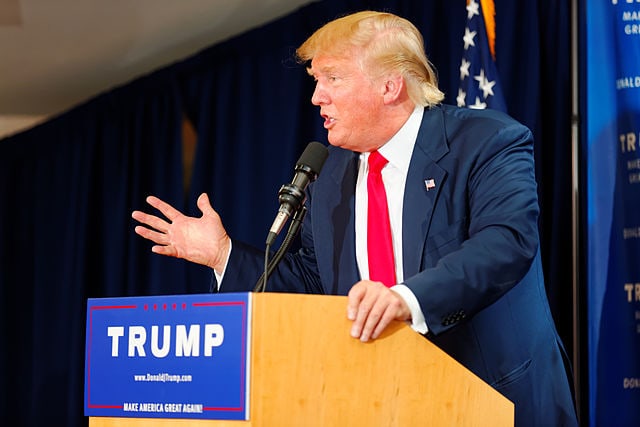 Source: wikimedia.org
Source: wikimedia.org
The 2018-2019 government shutdown is the longest one in the history of the United States. This shutdown was the second one involving furloughs to take place under Trump’s presidency. It only affected part of the government, but impacted fundamental areas such as agriculture, homeland security, and transportation. The catalyst for this shutdown was a potent disagreement between President Trump and the Democratic party about his request for $5 billion dollars to build a wall at the US-Mexican border.
Did you know?
Federal workers that were deemed “essential” were required to continue working without pay during the shutdown.
